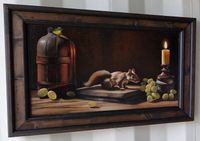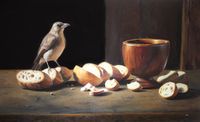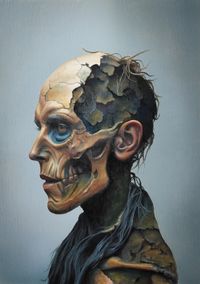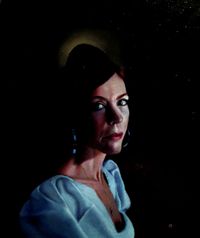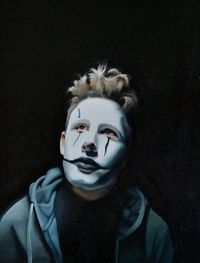Between Tradition and Modernity: A Journey in Realism
Still life painting has long served as a meditation on material beauty, the passage of time, and the transient nature of existence. My work explores the intersection of classical and contemporary realism, bridging centuries of artistic tradition with modern themes and sensibilities.
Rooted in the techniques of the Old Masters, my classical still lifes pay homage to the meticulous craftsmanship of 16th- and 17th-century Dutch and Flemish painters. Rich contrasts, carefully controlled lighting, and a deep appreciation for texture and composition define these works. The play of light across polished metal, the delicate fragility of flowers, and the symbolic presence of fruit and everyday objects create a timeless atmosphere—one that speaks to both history and human experience. These paintings are not mere representations; they are dialogues with the past, capturing the essence of an era where objects held profound symbolic meaning.
In contrast, my modern realist paintings reinterpret the still life genre for the 21st century. The themes of vanitas—once symbolized by decaying fruit, withering flowers, or extinguished candles—find new expression in industrially produced desserts, plastic-wrapped fruit, and objects altered by time and human influence. These works explore the dialogue between natural and artificial, permanence and impermanence, beauty and decay. While classical still lifes captured the fleeting nature of life with organic forms, my contemporary pieces reflect a world shaped by preservation, consumerism, and technological intervention.
The contrast between these two approaches raises questions: What does still life mean in the modern world? In an age where artificial materials outlast natural ones, where food is preserved indefinitely, and where digital imagery dominates visual culture, how do we perceive beauty and impermanence? My modern works play with these ideas, capturing objects in states that challenge our expectations. A glossy, hyper-real dessert stands in contrast to its inevitable decay. The pristine appearance of fruit wrapped in plastic forces us to consider preservation versus suffocation. The presence of mold on an otherwise perfect pastry hints at the hidden fragility of modern perfection.
Modern stilllife
Working in my studio
Both my classical and modern works share a fundamental goal: to engage the viewer in a contemplation of time, materiality, and meaning. By juxtaposing traditional craftsmanship with contemporary subject matter, I aim to create a bridge between the past and present—inviting reflection on how our relationship with objects, beauty, and reality has evolved. In doing so, I continue the conversation started centuries ago by the masters of still life, adapting it to the complexities of our own time.
Classic still life
Portret
animal life
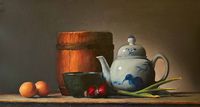
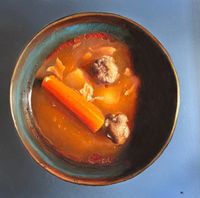
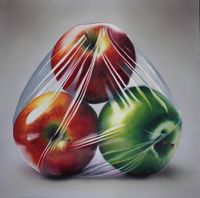
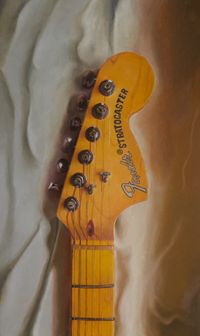
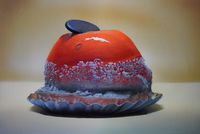
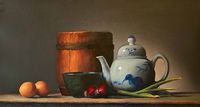
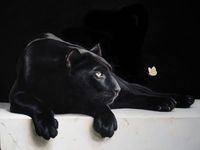
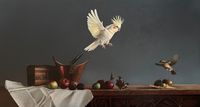
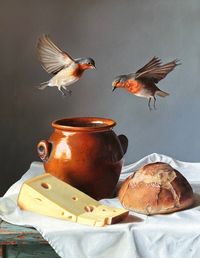
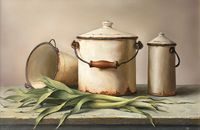
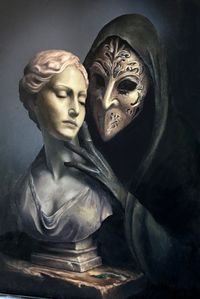


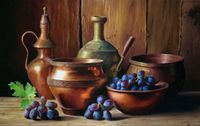
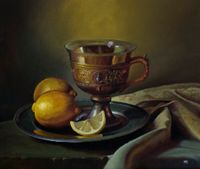
.jpeg/picture-200?_=19064fec4c1)
